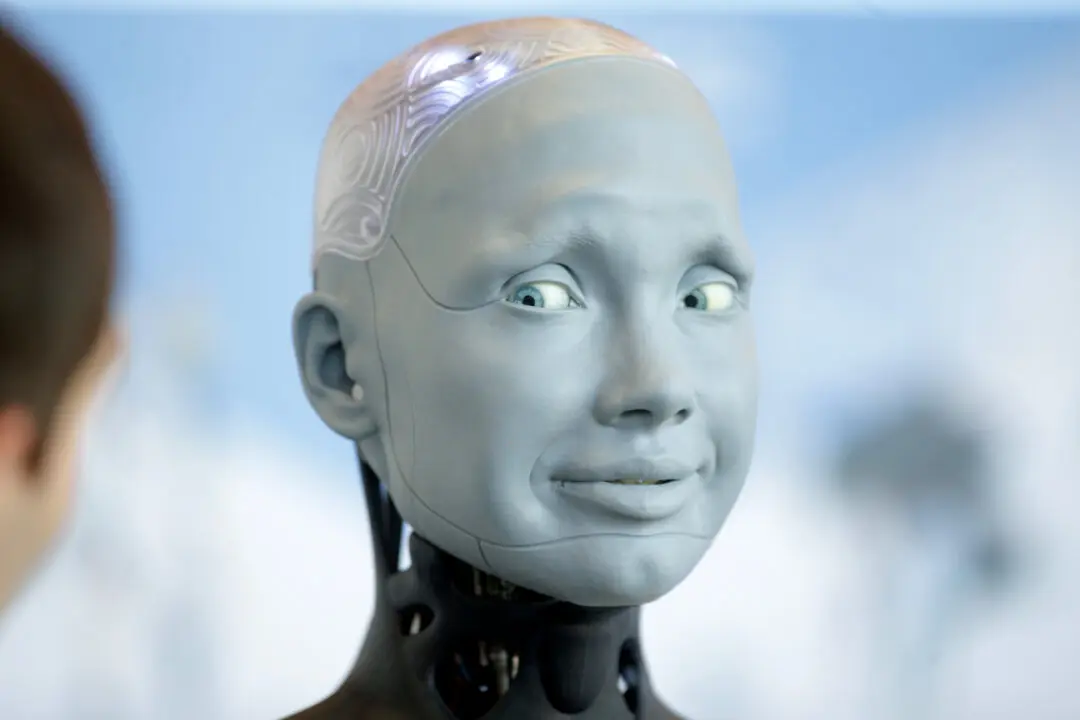The jobs report on May 6 seemed like good news (3.6 percent unemployment) until you look at the details: “The U.S. labor force shrank by 363,000 people in April from a month earlier, the Labor Department said Friday. The labor force participation rate, or the share of American adults working or looking for a job, ticked down to 62.2% in April from 62.4% in March.”
The devastation of the lockdowns is still with us: a demoralized workforce, women with kids slow to come back due to a childcare shortage, men having scaled back their professional ambitions to live off savings and accumulate debt, plus a general disruption of the liturgy of life that has not fixed itself.
As for this week’s GDP numbers, we all surely know that the “GDP” means almost nothing, except that it means everything. More specifically, it is a purely technical measure, easily distorted by crazy inclusions and exclusions. On the other hand, the data reporting alone has a huge psychological effect on markets and investor sentiment. One more quarter and the recession will be officially declared.
Two things about that. 1) If we get a second quarter in negative numbers, absolutely everyone in mainstream financial media will be united in messaging that this is purely a technical and very mild recession, if it is a recession at all. They will be out in full force to dial back the worry and panic. 2) It is more correct to say that we are actually entering into the third year of an authentic recession. We just don’t see it in official data, due to wild government spending and money printing.
There are, however, some pieces of data that government cannot hide. Let’s look at the latest punch in the chops: real disposable personal income. This is the stuff that people actually care about, unlike GDP, because it directly affects their lives. Here we see the biggest shell game in the modern history of government fiscal and monetary policy.
It shows that: we were rich! And then suddenly we were not. They gave us lots of money! Then they took it all away by taking away a huge slice of the purchasing power of that money. If there is a case for mass outrage, this is it. Sadly, most people cannot figure this out. It is opaque and the lines of cause and effect are too complicated for the TikTok generation.
We know what happened now, thanks to reporting from March. This is a beautiful yet terrifying picture of trickery and robbery.
Now let’s flow the data a bit differently, looking at percentage change year over year. You can see here how suddenly all of this caught up with everyone. The valley mirrors the peak almost exactly.
Here is a perfect picture for why so many among the not-ridiculously-rich are now seething in anger. They sense prosperity draining away. They are spending and adding debt like there’s no tomorrow. And that’s because there are widespread expectations that tomorrow is going to be much worse.
Consumer confidence is right now lower than it was during the depth of lockdowns. And this is because policy has done nothing to repair the grotesque damage and much to make it worse.

And Yet the Flowers Bloom
Spring has bloomed all over the country and people are out and about rediscovering the meaning and beauty of life. It’s a happy time that masks deep hurt and depression. In the South and most of the West, apart from crazy California, there are no masks to be seen.In the Northeast, there are still some sad sacks out and about wearing masks, perhaps 5-10 percent of the population that is still very confused. They got vaccinated and boosted and maybe boosted again and still got Covid. They mask up because they don’t want to get it again, completely oblivious to the reality that natural infection is protective, while the mask is not.
The truth is that public health messaging for two years has been nothing but obfuscation and duplicity. As a result, we lost many souls and people lost their minds too.
The real reason for the declaration of the pandemic’s end is partly political. The DNC has discovered through its polling that it faces an absolutely political calamity in November. The party is flying into action, doing its best to dramatically change the public mood.
The CDC went along and changed the color coding on its inflection map and is ever more saying that infections don’t matter, only deaths. We are now in another seasonal downturn, so it works out.
This leaves open the possibility of a complete repeat of the hysteria starting after November, depending on the outcome of the midterms. The ruling class has now full confidence that it can turn on panic and turn it off in a matter of weeks, with just the right messaging. Will anyone believe them next time? Maybe…
Meanwhile, spring has sprung, the flowers look sweet, and people are glad for a return to normalcy, no matter how degraded it is relative to three years ago. If governments would leave the markets alone, recovery could be real. But there is almost no chance of that, regardless of who takes control of the machinery of the state starting in November.
There are so many lessons to learn from this remarkable episode in history, among which is that when the government seems to be giving you something for free—stuffing your bank account full of money you did nothing to get—it is likely buying some time to make you pay dearly for it later.








